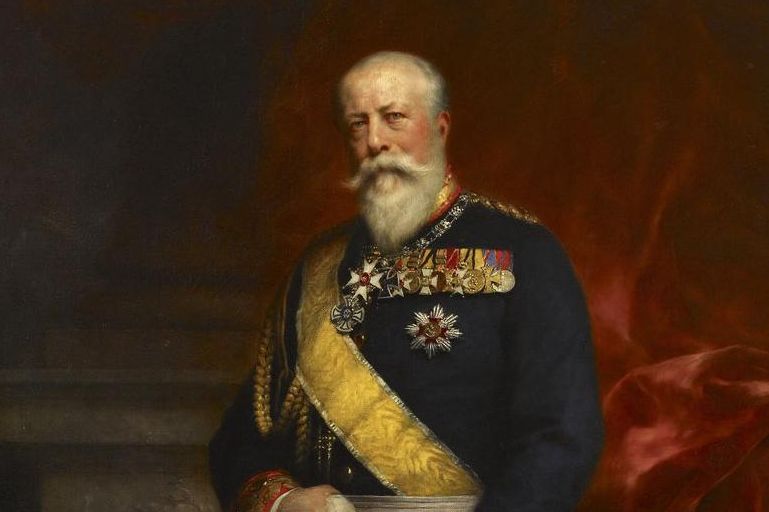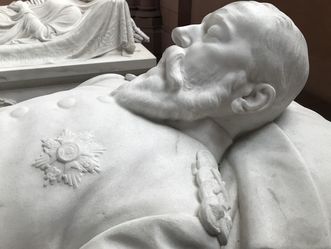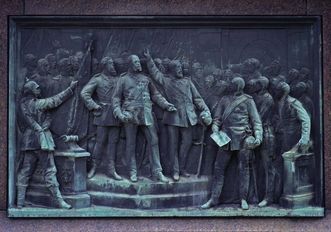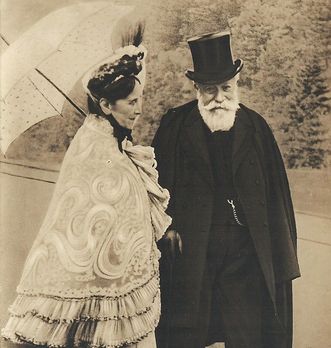Why did he, as second-born son, come to power?
Friedrich's older brother, Ludwig II, was mentally ill. In 1852, when his father died, Friedrich took over the regency. In 1856, he officially became the grand duke; Ludwig had declared himself unfit to rule. Friedrich I ruled for more than 50 years, and was a truly liberal ruler: among other actions, he championed the constitutional monarchy. As a grandchild of Grand Duke Karl Friedrich from his second, unsuitable marriage, he was given a modern and relatively bourgeois education.






